Here, at EquityEdge Research, we deep dive into complex Articles and Reports and make it easier for you by presenting everything, RIGHT HERE!!
Please Fill the form Below if you are interested in our Services and would like a Free Sample of our Equity Research Report covering a Small/Micro-cap Company.
Check out our Previous Industry Report:
What Will We Discuss Today?
Global Industrial Packaging Sector.
Indian Industrial Packaging Sector.
Industry Segmentation.
Import & Export Dynamics.
Industry Margins & Profitability.
Key Trends/ Growth Drivers.
Risk and Challenges.
Major Players in India.
Conclusion/Outlook.
1. Global Industrial Packaging Sector:
The global industrial packaging industry, particularly the rigid packaging segment, is an essential backbone of global trade, enabling safe and efficient transport of goods across sectors like chemicals, food, pharmaceuticals, agriculture, and more. Thissegment includes packaging types that are strong, durable, and reusable—ideal for bulk storage and hazardous materials.
1.1 Market Size and Forecast
IMARC Group estimates the rigid plastic packaging market at USD 250.6 billion in 2024, projected to grow to USD 358.7 billion by 2033 at a CAGR of 4.1%.
Zion Market Research values the broader rigid packaging market (including plastic, metal, paper) at USD 504.6 billion (2024) and expects it to reach USD 951.5 billion by 2034, growing at a CAGR of 7.3%.
Market Research Future estimates the market at USD 305.6 billion (2024), with growth expected at 6.6% CAGR till 2032.
The Business Research Company sees the global rigid packaging market reaching USD 775.4 billion by 2029, at a CAGR of 5.4–6.2%.
The numbers vary depending on whether the report focuses on just plastics or includes other rigid materials like metals and paperboards, but all point to robust long-term growth.
1.2 Key Segments in Global Market
A. By Material:
Plastic dominates the market, contributing around 35% to 44% of the total rigid packaging value.
Metal packaging (like drums and pails) is crucial for chemicals, oils, and lubricants.
Paper & paperboard packaging is gaining traction due to sustainability regulations.
Glass has niche usage in beverages and cosmetics.
B. By Product Type:
Drums, IBCs (Intermediate Bulk Containers), barrels, plastic bottles, jars, cans, crates, and corrugated containers.
IBCs and drums alone account for USD 28+ billion as of 2023.
C. By End-Use Industry:
Food & Beverages: Largest segment (~70–80%), driven by long shelf-life needs and bulk logistics.
Chemicals & Petrochemicals: High demand for durable, leak-proof industrial drums and IBCs.
Pharmaceuticals: Require contamination-resistant, regulated packaging.
Personal Care, Agriculture & Automotive also contribute significantly.
1.3 Regional Insights
Asia-Pacific is the largest and fastest-growing region, led by China, India, South Korea, and Japan, thanks to booming
manufacturing and exports.
North America is a mature but steadily growing market, supported by demand in chemicals, pharmaceuticals, and logistics.
Europe has strict environmental packaging regulations driving innovation, particularly in sustainable rigid packaging.
Latin America and MEA regions are emerging markets with industrial growth contributing to future demand.
(Source - Imarc group, Zion Market Research, Market Research Future, Global Markets Insights)
2. India’s Industrial Packaging Sector:
2.1 Market Overview
The Indian industrial packaging sector is closely linked to the health of the manufacturing, chemical, and agricultural industries.
The sector is transforming due to rising domestic demand, evolving product mixes, and government support for local manufacturing.
There is a clear shift toward more durable, efficient, and cost-effective packaging solutions.
2.2 Market Size
The industrial packaging market was valued at approximately USD 4.9 billion in 2024.
The broader Indian packaging market was valued at INR 6,656 billion (approx. USD 84 billion) in FY24.
The industrial packaging market is projected to grow at a 6.91% CAGR from 2025 to 2033.
The market is expected to reach USD 8.9 billion by 2033.
The broader packaging industry is expected to grow at 6.7% CAGR, reaching INR 8,620 billion by FY28.
2.3 Material Composition
Plastic packaging holds the largest share at 52%, driven by its versatility, durability, and cost-effectiveness.
Paper-based packaging accounts for 26% of the market.
Glass packaging contributes 13% of the market.
Metal packaging represents 8% of the segment.
3. Industry Segmentation
3.1. Product Segments
3.2 Material Segments
3.3 Application/End-User Segments
4. Import/Export Dynamics
4.1 Imports
India remains reliant on imports of packaging raw materials, with major sourcing from China, the United States, and Germany.
From March 2023 to February 2024, India imported 262 shipments of packaging raw materials, a 36% decline compared to the prior period.
LDPE film imports grew by 47%, primarily sourced from China, Qatar, and the United States.
HDPE film imports fell by 44% from October 2023 to September 2024.
Corrugated box imports recorded 6,859 shipments, reflecting a 17% increase over the previous year.
India has become a net importer of paper and paperboard by volume in FY24, with significant imports from ASEAN countries and China, largely kraft paper and related raw materials.
4.2 Exports
India exported 178,932 shipments of packaging materials between November 2023 and October 2024, marking a 10% decline compared to the previous 12 months.
Corrugated box exports reached 2,939 shipments between February 2024 and recent periods, showing a 16% sequential increase.
Key export destinations included the USA, UAE, Netherlands, China, and other major trading partners.
Packaging materials contribute to broader export categories like plastic products and manufactured goods, aligning with India’s total goods and services exports of over USD 820 billion in FY2024-25.
4.3 Trade Balance
The sector faces a trade deficit in key raw materials such as paper and paperboard, creating challenges for domestic manufacturers.
The reliance on imported inputs for industrial packaging highlights the need for localization and capacity expansion to improve the trade balance.
5. Industry Margins & Profitability
5.1 General Profitability Trends
Profitability has been under pressure due to rising input costs, particularly international wastepaper and wood pulp.
Domestic paper packaging companies struggled to pass on higher raw material costs fully to customers, compressing margins.
A gradual recovery in operating margins is expected as raw material prices stabilize and demand from end-user industries improves.
5.2 Operating Margins
Average operating margins for paper packaging companies were around 8% in FY24-25, below the decadal average of 11-13%.
The broader paper industry recorded average operating margins of approximately 14%.
5.3 Gross Margins
TCPL Packaging reported gross margins of 45.3% in Q4 FY25, the highest in 30 quarters, driven by improved product mix.
5.4 Outlook
The paper packaging segment, overlapping with industrial packaging, is expected to see an operating margin recovery of about 200 basis points in FY26.
Corrugated box manufacturers continue to face margin pressures due to competitive pricing and raw material volatility.
Sources- carerating, tcpl.in, thepulpandpapertimes.com, infomerics.com, uflexltd.com, imarcgroup, Allied Market Research, Volza, IndiaTimes, PIB, Upstox, HDFC Sky, NavumaWealth and CRISIL.
6. Key Trends & Growth Drivers
6.1 Rising Demand from Chemicals and Agrochemicals:
India’s expanding chemical and agrochemical sectors are major consumers of industrial packaging, especially polymer drums and steel barrels. As exports of specialty chemicals and agro inputs grow, so does the need for UN-certified, leak-proof packaging solutions.
6.2 Shift Towards Rigid and Reusable Packaging:
Manufacturers are moving from traditional sacks and containers to more durable, rigid packaging like HDPE drums and IBCs. These options offer better product protection, are stackable, and can be reused—aligning with both cost-efficiency and sustainability goals.
6.3 Regulatory Push for Safer and Certified Packaging:
Stringent domestic and international regulations for hazardous goods transport (e.g., UN certification) are pushing industries to adopt high-quality, compliant packaging. This is boosting demand for standardized polymer and steel containers with safety features.
6.4 Growth in Pharma and Food Industries:
The boom in pharmaceutical manufacturing and processed food exports is creating demand for hygienic, contamination-free packaging. IBCs and polymer drums are preferred in these sectors due to their cleanliness, strength, and ability to preserve product integrity.
6.5 Focus on Automation and Customization:
Packaging manufacturers are adopting automated blow molding, injection molding, and robotic systems to improve scale and consistency. At the same time, clients increasingly demand customized packaging solutions tailored to specific materials, volumes, and branding needs.
(Source - Mordor Intelligence, Credence Research, Global Newswire)
7. Risk and Challenges
7.1 Raw Material Price Volatility
The industry relies on crude oil derivatives (like HDPE and PP) and steel, making it highly sensitive to global commodity price swings. This impacts margins and pricing stability.
7.2 Regulatory & Compliance Burden
Multiple regulations—including UN certification, BIS standards, hazardous goods transport norms, and Extended Producer Responsibility (EPR)—increase compliance costs and require continuous updates in processes.
7.3 High Capital & Recycling Costs
Setting up facilities for drums and IBCs, especially those meeting sustainability standards, demands heavy capital. The cost of recycling infrastructure and regulatory approvals adds further burden.
7.4 Supply Chain & Infrastructure Disruptions
Delays in port operations, rising logistics costs, container shortages, and limited transport infrastructure can disrupt the delivery of raw materials and finished goods.
7.5 Technological & Competitive Pressure
Rapid innovation in packaging (smart, sustainable, automated systems) forces companies to invest constantly in new technologies or risk being overtaken by global or tech-savvy competitors.
(Sources - PMR Research, Future Market Insights, Technopak)
8. Major Players in India:
8.1 Time Technoplast Ltd
History:
Founded in 1992 as Time Packaging Ltd, it focused on plastic drums and jerry cans. The company rebranded as Time Technoplast in 2006 and expanded rapidly across the Middle East, Asia, and Europe through JVs and acquisitions. It now operates 40+ manufacturing facilities in 10+ countries, with a stronghold in industrial polymer-based packaging.
Products:
Multilayer plastic drums (210L)
IBCs (1000L), FIBCs (Jumbo Bags)
Jerry cans, composite LPG cylinders, PET sheets
Industries Served:
Chemicals, agrochemicals, lubricants, food processing, construction, pharmaceuticals.
8.2 Balmer Lawrie & Co. Ltd (PSU)
History:
Established in 1867 in Calcutta as a trading partnership, Balmer Lawrie became a private limited company in 1924 and a PSU in 1972. It pioneered steel barrel production in India and expanded via JVs in UAE and multiple Indian plants in the 2000s. Recognized as a Miniratna-I PSU, it is the largest player in the Indian steel drum segment.
Products:
Mild steel (MS) drums: plain, lacquer-lined, composite
Conical and necked-in drums
Customized packaging for export
Industries Served:
Petrochemicals, agrochemicals, paints, lubricants, pharma, food.
Customers: Shell, Castrol, BASF, Amul, Jubilant, Kansai Nerolac.
8.3 Hitech Corporation Ltd
History:
Part of the Ashwin Dani-promoted group (Asian Paints), Hitech was founded in 1991. The company grew through multiple acquisitions and organic expansions and now runs 13 manufacturing facilities across India. It focuses on industrial rigid packaging with value-added features like IML and pad printing.
Products:
Blow-molded containers, plastic drums
IML containers, printed jars
Customizable rigid packaging
Industries Served:
Agrochemicals, lubricants, paints, FMCG.
Customers: Asian Paints, Shell, Castrol, Nerolac, Gulf.
8.4 SMC Packaging Group (India)
History:
Established in the 2000s, SMC emerged as a corrugated packaging leader, focusing on automotive and engineering transport solutions. It is known for customizing high-strength packaging for industrial logistics and B2B shipping.
Products:
Corrugated boxes (single/double/triple wall)
Industrial pallets, crates, inserts
Transport-ready export packaging
Industries Served:
Automotive, engineering goods, white goods, industrial B2B.
Customers: Maruti Suzuki, Tata Motors, Cummins (indicative).
9. Strategic Outlook: The Road Ahead for Industrial Packaging in India
9.1. Sustainability Will Shape the Future
Environmental regulations are becoming stricter. Companies now have to take responsibility for recycling the packaging they put out. This is pushing the industry to adopt recyclable and eco-friendly materials like mono-material laminates and compostable films. Packaging that’s easier to recycle or reuse will become the norm.
What it means: Businesses need to invest in cleaner, greener packaging options to stay compliant and competitive.
9.2. Packaging Is Getting Smarter
Industrial packaging is no longer just about protection. It's becoming more intelligent. QR codes, RFID tags, and barcodes are being used to track shipments, prevent counterfeiting, and monitor storage conditions. This is especially important for pharma, chemicals, and food.
What it means: Smart packaging will help improve supply chains and build trust with customers.
9.3. Automation Is a Must for Growth
To improve speed and reduce human errors, companies are adopting robotics, automatic labeling, and advanced molding machines. Automation helps control costs and ensures better quality—especially important for large-scale production.
What it means: Firms that modernize their factories will have an edge over those that don’t.
9.4. Exports Are a Big Opportunity
India is becoming a preferred packaging supplier for global markets, especially in chemicals, pharmaceuticals, and food. With costs 30–40% lower than Europe or the US, Indian firms can win more global business. Government schemes like Make in India are also supporting this push.
What it means: Export-ready packaging (UN-certified, durable, leak-proof) will see rising demand.
9.5. Premium Packaging for B2B Is Growing
Even in industrial segments like lubricants or paints, customers want better-looking, safer packaging. Features like tamper-proof lids, in-mold labels, and QR codes are gaining popularity. Good packaging builds a strong impression—even in bulk supply.
What it means: Industrial packaging isn’t just functional anymore—it’s becoming a part of the brand.
9.6. More Mergers and Partnerships Ahead
Larger companies are acquiring smaller packaging firms to expand their reach, improve technology, or meet new rules. Private equity is also active in this space, backing companies that are ready for exports, automation, or sustainability.
What it means: Mid-sized firms should focus on specialization and compliance to stay relevant or attract partnerships.
THANK YOU FOR READING!!
Hope you liked our work. Please Subscribe so that we can reach out to more People like you!
Subscribe for FREE!!
We are Proud to Announce Our New Launch of the Premium services where we Deep-dive into the Business and back you up with Robust Research.
We Provide services for different Level of Investors. You can Email us directly to start your journey!
If you like the hard work we put in, you can invest in us:
For our Non-Indian audience: You can donate to us through PayPal. Click here.
For our Indian audience, UPI QRs are given below:


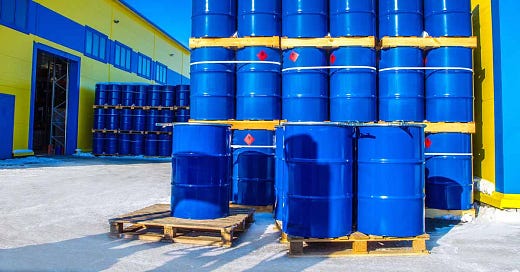


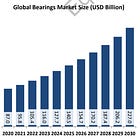
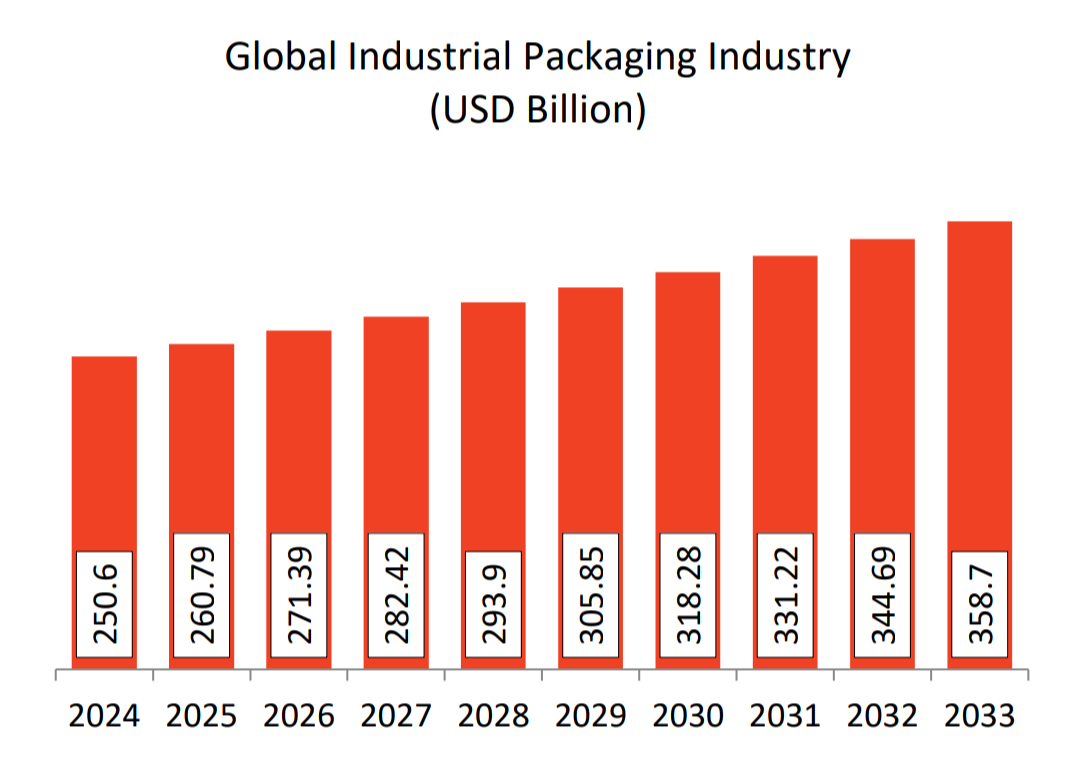
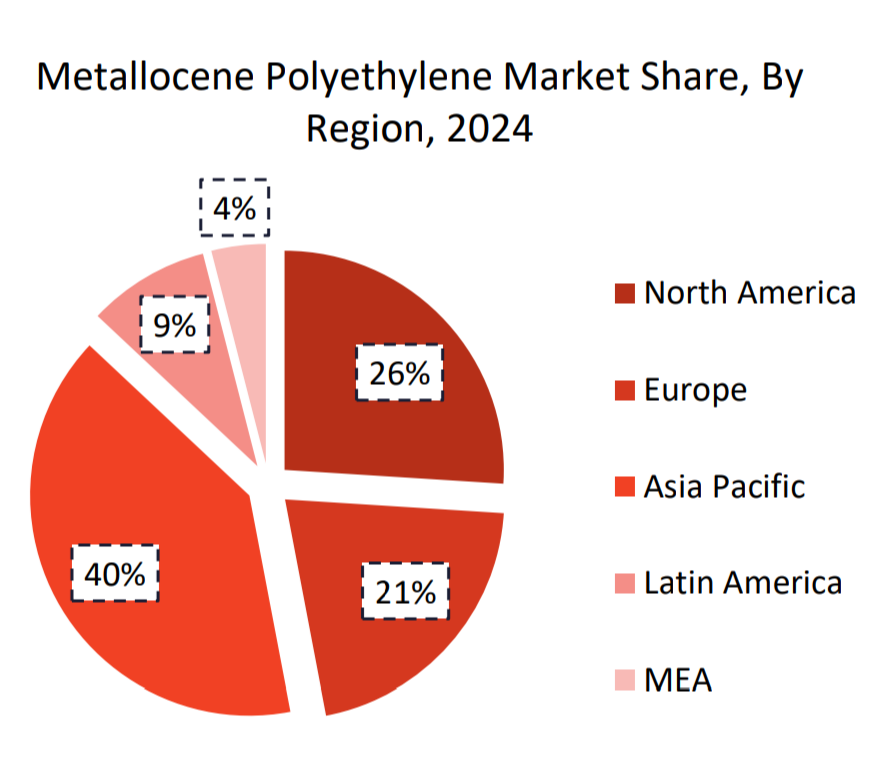
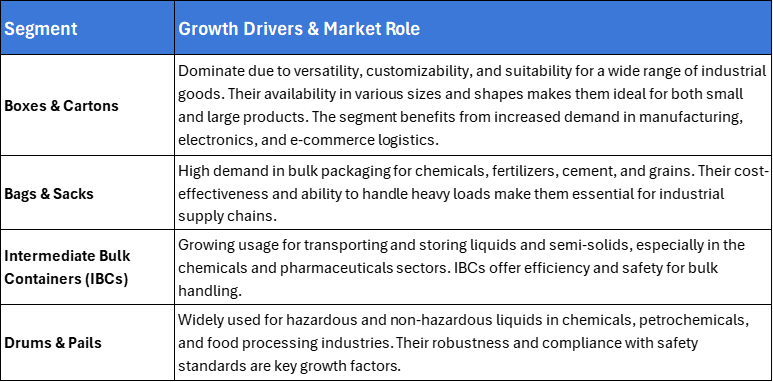
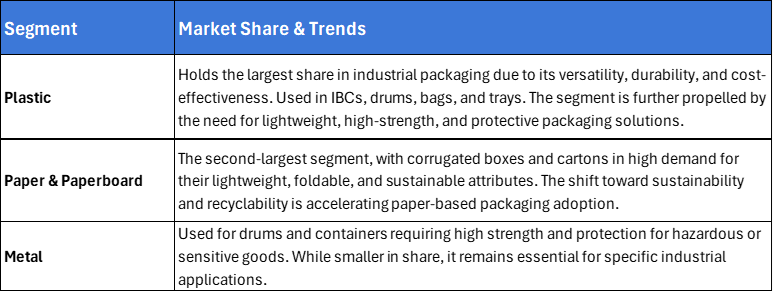
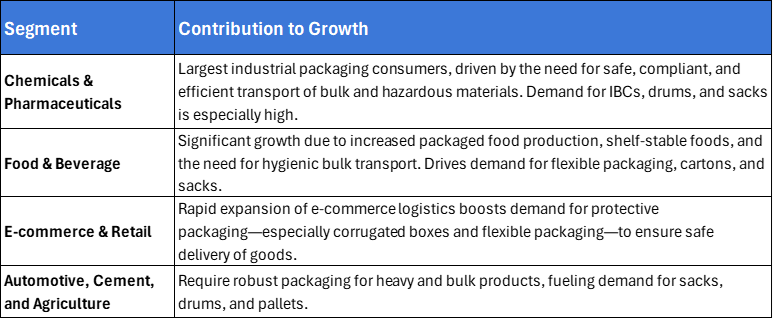

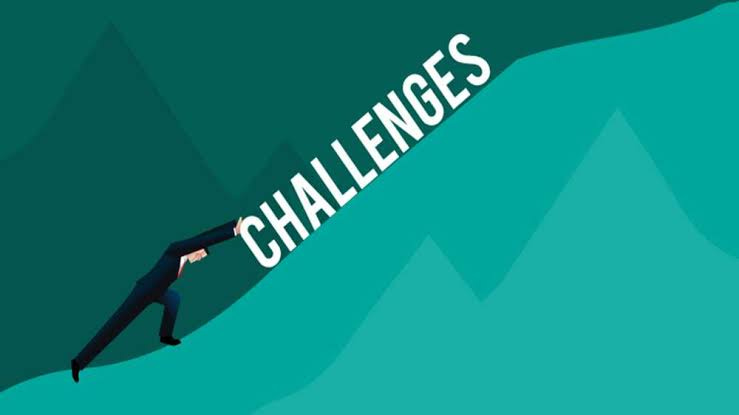
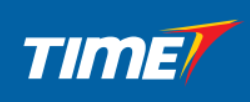
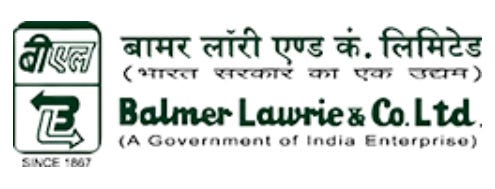

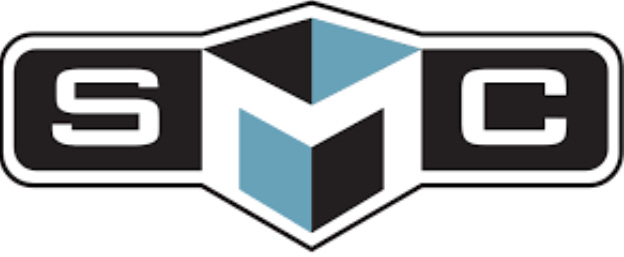
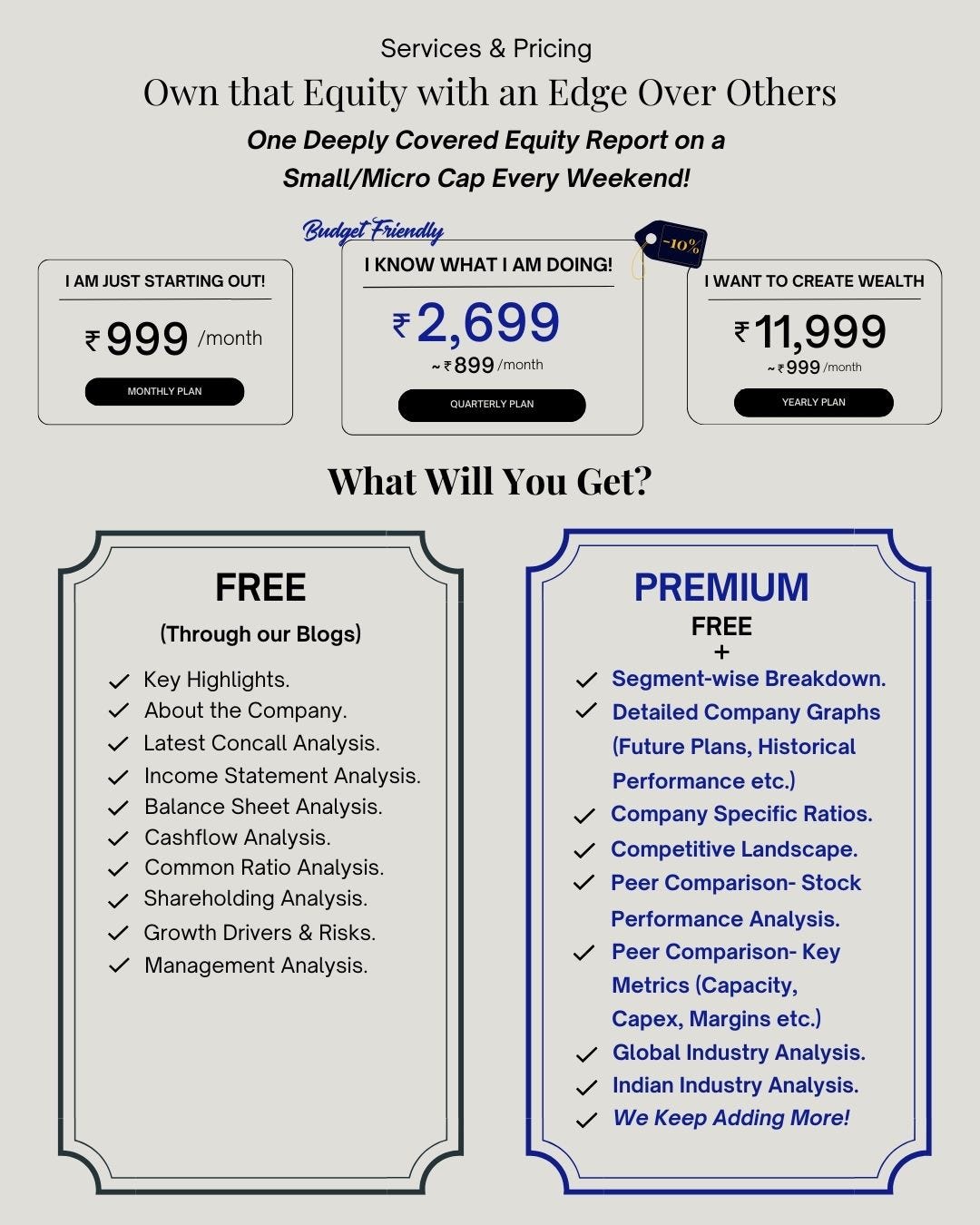
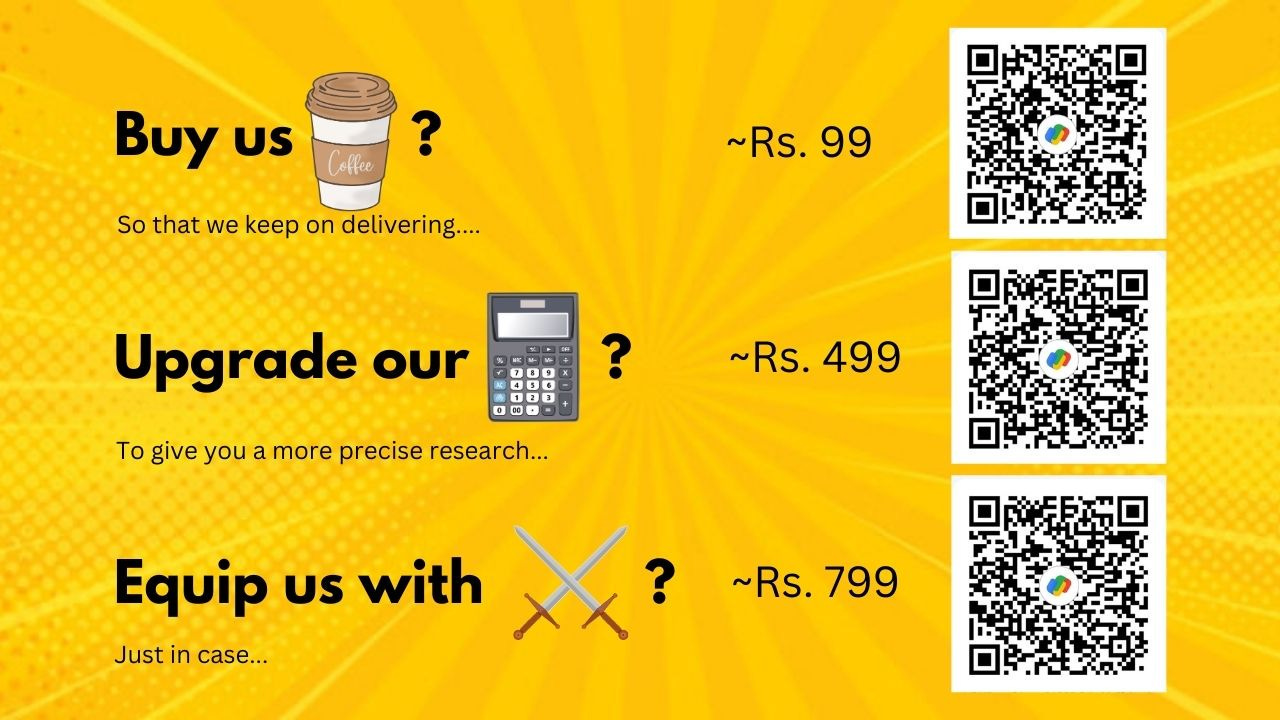
Man.. stop this copy paste from GPT.
Make a report worthful not for a sake of doing it.